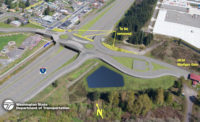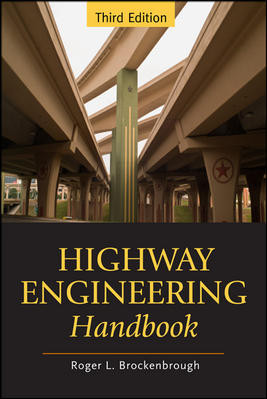Washington Observer
EPA, Corps Moving Forward on WOTUS Rules Update

EPA head Michael Regan said he is gathering input from a variety of groups.
Image Courtesy House Appropriations Committee
The U.S. Environmental Protection Agency and the U.S. Army Corps of Engineers plan to continue to press forward with new rules defining the types of rivers, streams and wetlands that fall under Clean Water Act protections, despite a looming Supreme Court case that will weigh in on the same issue, EPA’s top official said at a congressional appropriations hearing April 29.
EPA Administrator Michael Regan, speaking before the House’s appropriations subcommittee on interior and the environment, said EPA officials have been meeting with farmers and other groups to get their perspective and “will continue to move forward.” However, he noted that the second part of the proposal that has not yet been released may not be finalized until after the court hands down a decision sometime next year. “We believe our rule will be in a position to respond and adjust to the Supreme Court ruling,” he said, adding, “If we discontinued the roundtables and stopped right now, we’re going to lose a lot of ground.”
Coming to a consensus on how to define “waters of the United States,” or WOTUS, has vexed lawmakers, regulators, builders and environmental advocates for decades. The issue has reached the Supreme Court at least four times since the late 1990s, and oral arguments in another case, Sackett v. EPA, are on the docket for October. Industry groups tend to favor a more narrow definition of WOTUS, while environmental groups say that ephemeral and intermittent streams, as well as headwaters, are vital to protecting water quality as required by the Clean Water Act.
EPA and the Corps of Engineers withdrew a Trump-era rule that aligned more closely with the industry view and proposed reverting to a pre-2015 definition in November last year. The agencies said they would release a second proposal finding a legally sustainable definition that would accommodate a variety of perspectives. The second proposal has not yet been released, but the November proposal reinstating the definitions that were in place prior to both the Trump and Obama administrations could be finalized before next fall. Numerous groups, including several GOP lawmakers, have requested that EPA stop work on the regulation until the Supreme Court rules in the case.
According to the Associated General Contractors of America, the November proposal does more than reinstate pre-2015 definitions: it expands them. In comments to the agency, AGC said the agencies “are voluntarily choosing to put in place a controversial and expansive revision, which will be a purely temporary measure before again revising the definition of WOTUS later this year.” Leah Pilconis, AGC’s construction and environmental risk management advisor, told ENR builders just want certainty. “There’s a lot riding on these jurisdictional determinations with construction projects because you have to work around areas deemed as waters of the U.S., and every couple of years, depending on who is in office, things get changed around.”




